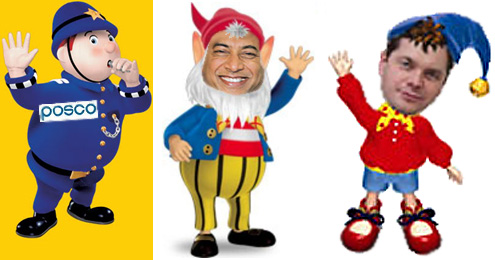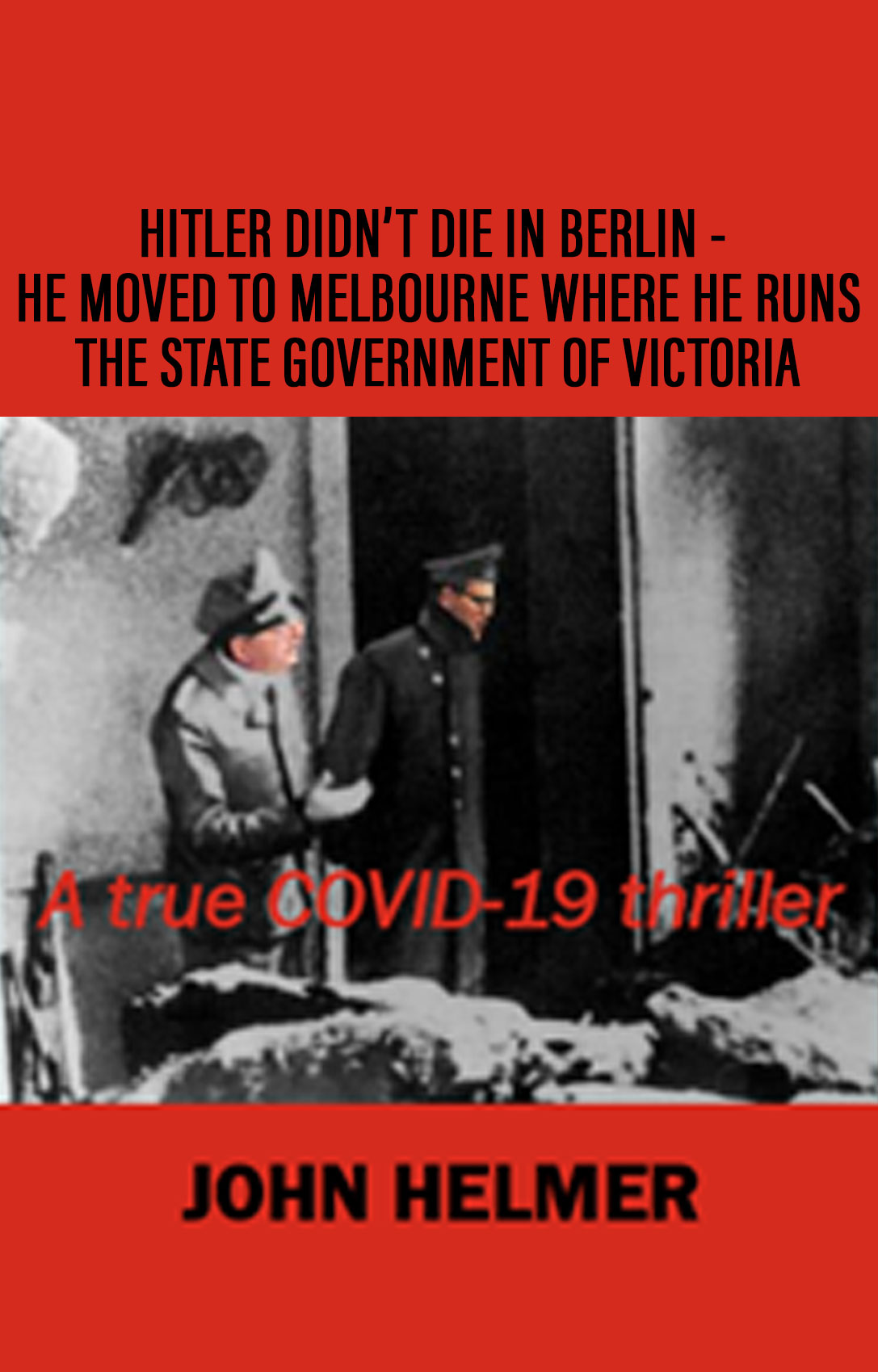
By John Helmer in Moscow
In a move that has drawn immediate skepticism in the Russian steel industry, Alexei Mordashov’s Severstal group has entered the bidding for the Ukraine’s fourth steel maker, Zaporizhstal, which is currently owned by four shareholders — Eduard Shifrin and Alex Schnaider of the Midland group; Igor Butler and Vitaly Satsky.
Severstal has confirmed to the Russian industry press, without making an official statement, that it is undertaking due diligence and valuation in preparation for a bid, when Zaporizhstal plans to convene a limited auction in June. The others also reported to be engaged in parallel preparation are much bigger and financially more powerful rivals — Posco of South Korea and ArcelorMittal, the world’s largest steelmaker. With Zaporizhstal estimated to be worth between $1.5 billion and $2 billion, and with an upgrade investment requirement projected for the same amount, the asset looks much too expensive for Mordashov, who has been trying to sell his US and Italian steelmills to reduce his bank debt and cut his operating losses. So far, noone is buying at Mordashov’s asking price.
The attempt to sell the Italy-based Lucchini steelmills at about $2 billion was rejected last month by the lead bidder, Metinvest. The Ukrainian integrated steel group pulled back after completing its valuation of the assets.
The high cost of Zaporizhstal in relation to Mordashov’s means would remain problematic, even if, as Russian industry sources speculate, part of Mordashov’s acquisition price may be offered in Severstal shares. With a current market capitalization of $14.6 billion, Severstal’s share price has grown by 65% since the start of this year; it is at $14.40 this week. For comparison, rival Posco has a market cap at the moment of $42.1 billion, with a share price of $121; while ArcelorMittal is at $71.3 billion, and its share at $46. Having once attempted to punch above his weight, in his abortive takeover bid for Arcelor of 2006, Mordashov appears to be risking fresh disappointment.
This past January, the Fitch ratings agency explained in detail how Mordashov’s debt burden – the result of mistimed US and European acquisitions in 2007 and 2008 — leaves him little room for manoeuvre for Zaporizhstal. Fitch issued a negative outlook for Severstal, warning against further leverage and uncertainty about Mordashov’s capacity to cover his current obligations. The warning against attempting to take on new obligations was implicit.
In a release on January 20, Fitch said that with about $8 billion in total debt, Severstal’s non-Russian operations “may remain dilutive in 2010, with a negative EBITDAR margin of 6%-9%. Fitch expects Severstal’s FY10 gross leverage to improve to 3.3x-3.5x compared with expected gross leverage of 8.0x-9.0x in FY09, and for net leverage to improve to 3.0x-3.2x compared with expected net leverage of 5.0x-6.0x in FY09…. Fitch nonetheless notes that incurrence covenants for eurobonds remain at the existing level (debt/EBITDAR less than 3.5x) which limits Severstal’s ability to access new debt, except for specifically permitted instances including debt refinancing, until it complies with these covenants. The Negative Outlook reflects Severstal’s high dependence on the speed of recovery in demand and prices for steel products in various markets, high expected leverage in FY09 above ‘B+’-rated peers, uncertainties on finalizing restructuring plans for North American and European operations, and the risks in executing these restructuring plans.”
As Fitch notes, for Severstal to compete in auction against Posco and ArcelorMittal would require the approval of Severstal’s international bankers, whose debt refinancing and loan servicing agreements carry covenants restricting the value of new transactions by Mordashov, and subjecting them to a special credit review process by his bankers.
The timing of such a move by Mordashov to buy costly assets outside Russia is also sensitive, because a price-rigging investigation of Severstal, along with other Russian steel makers, is currently under way by the Federal Antimonopoly Service (FAS), on order of Prime Minister Vladimir Putin. Mordashov is unlikely to be able to persuade FAS or Putin that he needs their permission right now to charge higher prices for steel to Russian consumers, extracting larger profit margins, so that the Russian economy will subsidize his takeover of Zaporizhstal.
The Ukrainian mill produces about 4 million tonnes of rolled steel per annum. The assets for sale in the holding also include stakes in a coke plant, an iron-ore mine and processing combine, two pipe making plants, and a refractory unit. To bid against Posco and ArcelorMittal for Zaporizhstal is “a non-obvious step”, according to Maxim Matveev, a metals analyst at ING Moscow.
Matveev is a mild-mannered fellow. Marat Gabitov of Unicredit Moscow is blunt, raising the question of why Mordashov would want to hold yet another lossmaker. “Should the company acquire Zaporizhstal, we doubt that it would be positive news for the stock: Zaporizhstal is a non-integrated producer with out-of-date and hence low-margin facilities. Even in 2008 with record-high steel prices, the company’s EBITDA margin was only 2.2%, suggesting that even in the post-crisis 2010E EBITDA may be negative. Moreover, we believe that the reported target valuation of the sellers of USD 2bn is not justified by any multiples.”
There is another oddity about Mordashov’s current financial condition, which isn’t likely to encourage Zaporizhstal’s sellers, least of all Schnaider, who is a Canadian national. According to a notice published this week by High River Gold — the Canadian listed goldminer Mordashov controls — he cannot manage to get his accountants to issue financial reports on time. The new notice says that the company is obliged to delay producing the audited financial statements to a second deadline. “High River indicated in the original Notice of Default that it anticipated that the Annual Filings would be filed by April 15, 2010. High River now anticipates that the Annual Filings will be filed by April 20, 2010,” the notice says.
When HRG announced the first delay, it claimed its accountants KPMG were to blame for taking five months since November without being able to complete their audit: http://johnhelmer.org/?p=2910 This time, the Canadian regulator and minority shareholders of HRG have been given no explanation at all for the fresh 5-day delay. Severstal Gold and HRG spokesman Sergei Loktionov responded by saying that the company does not reply to questions asked by John Helmer.











Leave a Reply